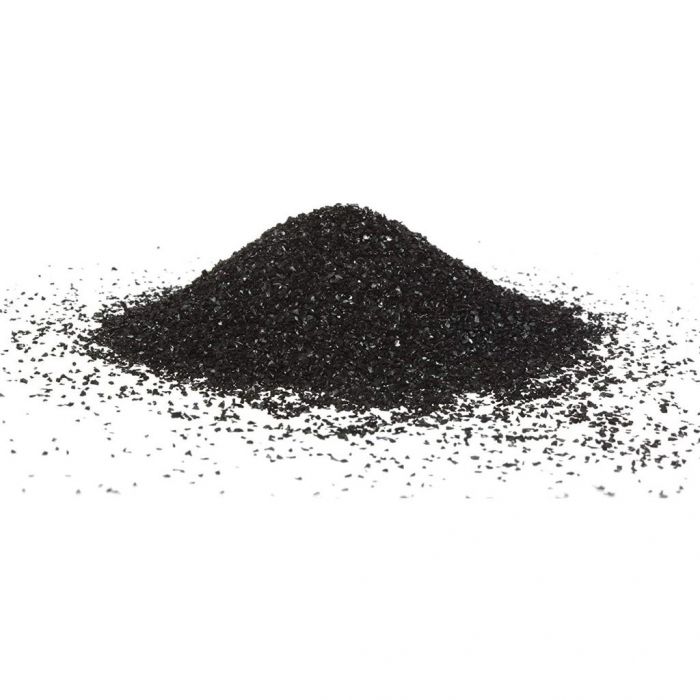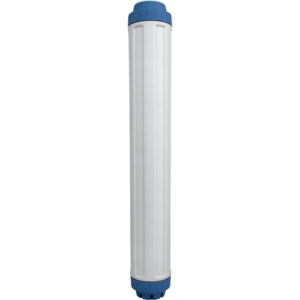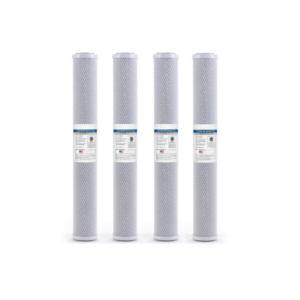Description
Bone Char for Fluoride Removal or Reduction
Bone char carbon is a unique carbonaceous adsorbent manufactured from the treatment and carbonization of selected grades of animal bone and is used for liquid phase filtration to remove organic and inorganic species such as color bodies and many heavy metals. Bone char is different from activated carbon in that it contains both carbon surface area and hydroxyapatite lattice surface area.
Features and Benefits
Good adsorption of various heavy metals
Produced from aged bones for better efficiency
Maintains alkalinity in adsorbate
The Story about Bone Char
Bone char is produced by the calculation or “dry distillation” of cattle bones at temperatures approaching 1000°C in the absence of oxygen. The material consists primarily of apatite II (hydroxyapatite) and approximately 10% elemental carbon with some carbonate arising from the formation of CaO during the ashing process and subsequent reaction with atmospheric CO2. Uptake of contaminants can occur via three processes. Firstly, species can become incorporated within the hydroxyapatite lattice substituting for Ca or CO3. Secondly, species can interact with reactive groups on the surface of either carbon or hydroxyapatite (Physisorption and Chemisorption). Lastly free phosphate can form stable compounds with contaminates leading to their precipitation. The material has found applications in the sugar and water purification industries as a cost effective and efficient means of removing trace impurities. The material has been shown to have a high adsorption capacity for a wide range of inorganic and organic contaminants including heavy metals. Bone char has also been used in the removal of radioisotopes from water. Bone Char is especially effective in removing radioactive particles, arsenic and THM’s from the water as well as fluoride.






Reviews
There are no reviews yet.